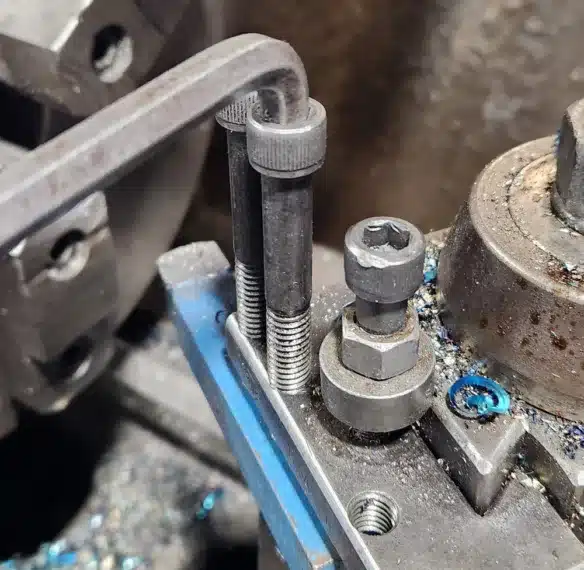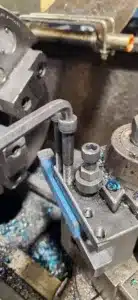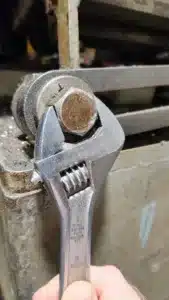The seemingly straightforward act of fastening hinges on a crucial detail: the screw drive. Choosing the right screw drive can make all the difference in the success of your project, affecting factors like torque, ease of use, and resistance to wear. Here’s what you need to know to make the right selection.
What Is a Screw Drive?
The screw drive is the mechanism by which the screw head is designed to be turned. It can be a groove or recess, or it can be the shape of the head itself. It’s what allows a screwdriver, wrench, or other tool to engage and turn the fastener.
Choosing the appropriate screw drive type is important because it determines which type of fastening tool must be used to install and remove a screw, as well as the amount of torque that should be applied for ideal joint tension.
See the full anatomy of a screw in this blog article.
Internal vs. External Screw Drives
There are two overarching types of screw drives: internal and external.
Internal Screw Drives
Internal drives are either cut or stamped into the screw’s head and are most commonly slotted, Philips, or hex. Utilizing tools like a screwdriver, Allen wrench, or drill, these screws require a fitting instrument to insert into their respective head to facilitate fastening or loosening.
Some more specific types of internal screw drives include (but aren’t limited to):
- Phillips head
- Slotted head
- Socket head
External Screw Drives
External drives require a tool that wraps around the screw head, like a wrench or a torque wrench.
Some more specific types of external screw drives include (but aren’t limited to):
- Hex head
- Hex flange head
- Square head
3 Factors to Consider When Choosing Screw Drives
So how do you choose which type of screw drive is best for your application? Here are some starting points to consider.
1. Torque requirements
Torque is the rotational force applied to a screw. Different applications require different levels of torque to withstand operating conditions. In general, you can apply more torque with an external drive than an internal drive, as you risk stripping an internal drive if you apply too much torque.
First, evaluate the torque requirements of your specific application, then choose a screw drive system that can provide the necessary torque to meet those demands without exceeding them. Because too much torque can be just as bad as not enough torque.
2. Ease of use and installation
Consider the ease of installation, maintenance, and overall usability of the screw drive type in your application. Is it easier to turn in or crank around the screw head? What tools do you have at your disposal?
3. Industry standards and specifications
Industries often have specific standards, specifications, or best practices that must be adhered to for safety, performance, and compatibility reasons. Do your research and adhere to any requirements that apply to your application when choosing a screw drive type.
Non-compliance could lead to performance issues or safety concerns.
Other Screw Head Terminology to Know
You can also categorize screw head types as countersunk or non-countersunk.
- Countersunk is when the head rests evenly with the material surface after installation
- Non-countersunk is when the head protrudes from the material surface after installation. In other words, the head is exposed.
These features can also affect the tool required for installation and removal, assembly efficiency, and torque transmission.
Request a Custom Screw Quote
At Wilson-Garner, we can manufacture screws with the following head types: hex, square, round, Place, slotted (sometimes), and hex flange (sometimes). See our full capabilities statement here.
If you need a custom solution for your application, we’re happy to help. Manufactured right here in Michigan, we can assure quality throughout the entire manufacturing process and great customer service even beyond that.
Request a quote online or get in touch to learn more.



